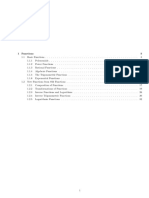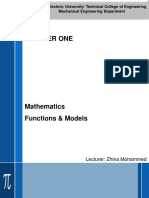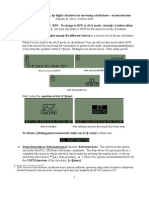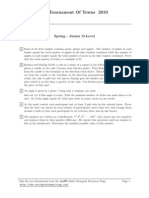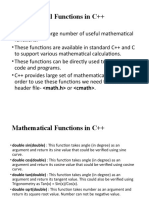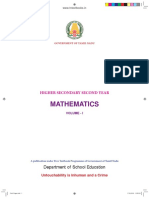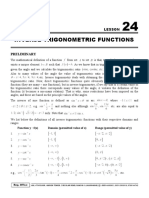0% found this document useful (0 votes)
103 views11 pagesMath 141 Full Note
The document is a comprehensive outline for a Calculus course (Math-141) covering essential topics such as functions, their representations, and types of mathematical models. It includes detailed sections on function properties, transformations, inverse functions, and specific function types like linear, polynomial, and trigonometric functions. The content is structured to facilitate understanding of mathematical concepts and their applications in real-world modeling.
Uploaded by
Lish UpCopyright
© © All Rights Reserved
We take content rights seriously. If you suspect this is your content, claim it here.
Available Formats
Download as PDF, TXT or read online on Scribd
0% found this document useful (0 votes)
103 views11 pagesMath 141 Full Note
The document is a comprehensive outline for a Calculus course (Math-141) covering essential topics such as functions, their representations, and types of mathematical models. It includes detailed sections on function properties, transformations, inverse functions, and specific function types like linear, polynomial, and trigonometric functions. The content is structured to facilitate understanding of mathematical concepts and their applications in real-world modeling.
Uploaded by
Lish UpCopyright
© © All Rights Reserved
We take content rights seriously. If you suspect this is your content, claim it here.
Available Formats
Download as PDF, TXT or read online on Scribd
/ 11
